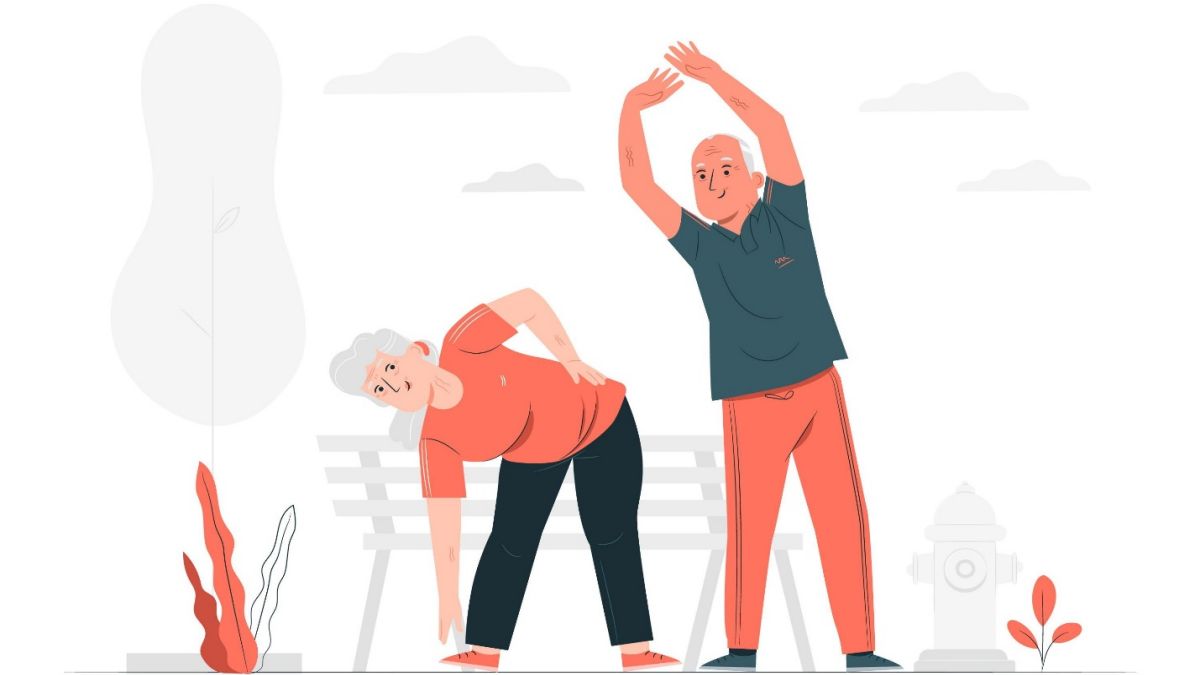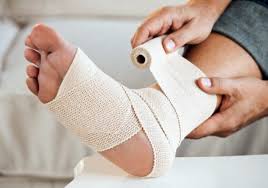The knowledge about fractures
With the rapid development of daily life, the pressures it brings can lead to "falls" and "injuries" that cause fractures, bringing us great pain.
So what exactly causes fractures?
Traumatic Fractures: Violence causing damage to bone integrity is termed traumatic fractures.
This is a common cause of fractures, which can be classified into three types based on the nature of the violence:
Pathological fractures: Fractures caused by systemic or local bone lesions are termed pathological fractures.
This is also a common factor leading to fractures.
Indirect violence: Violence acting on a distant part from the fracture, transmitted through bone, ligaments, muscles, or joints, causing fractures in a certain part.
Repetitive violence: Repeated violence acting on the same part, gradually resulting in fractures, also known as stress fractures.
Direct violence: Violence directly acting on the site of the fracture.
What are the common complications of early fractures?
Swelling: Local swelling occurs after trauma, peaking at 72 hours and gradually subsiding thereafter.
If swelling occurs, the affected limb should be elevated, preferably higher than the level of the heart, and apply ice packs appropriately to promote swelling reduction.
Plaster Compression: After manual reduction and plaster fixation of simple fractures, as limb swelling gradually worsens, plaster compression may occur, leading to obvious swelling, numbness, and bruising in the distal end of the limb.
Timely decompression at a regular medical institution should be sought to avoid limb compression necrosis.
What are the characteristics of fractures?
Fractures are a common disease in life, and there are many causes of fractures, with most serious patients resulting from accidents.
Usually, fractures are generally only detected through professional examinations, so some minor fractures are difficult to detect in daily life.
Below, let's take a look at the characteristics of fractures, hoping to help everyone discover fractures in a timely manner.
Local Manifestations
Local manifestations of fractures include specific signs of fractures and other symptoms.
Specific Signs of Fractures
Abnormal Activity: Abnormal activity occurs at the site where the limb cannot normally move after the fracture.
Deformity: Displacement of the fracture end can change the shape of the affected limb, mainly manifested as shortening, angulation, or elongation.
Bone Rubbing Sound or Sensation: Friction and impact between the two fracture ends can produce a bone rubbing sound or sensation.
Systemic Manifestations
Fever: The fracture site has a large amount of internal bleeding, and when the hematoma is absorbed, body temperature may slightly rise, but generally not exceeding 38°C.
In cases of open fractures, consider the possibility of infection if body temperature rises.
Shock: Patients with multiple fractures, pelvic fractures, femoral fractures, spinal fractures, and severe open fractures may experience shock due to extensive soft tissue damage, massive bleeding, severe pain, or concomitant visceral injuries.
OTHER NEWS
-
- Possible causes of swelling in both ankles
- By Jason 06 Mar,2024

-
- How to determine if you have rhinitis
- By Dr. James 12 Apr,2024

-
- Non-allergic rhinitis—vasomotor rhinitis
- By Dr. James 12 Apr,2024

-
- The Latest Advances in Dental Implants: What You Need to Know
- By Prodosh Kundu 07 Aug,2024

-
- Influences and Innovations in Dental Health
- By Roha Tariq 07 May,2024

-
- How to Prevent Physical and Mental Inactivity in Elders
- By Syed Hassan Sabeeh Kazmi 17 May,2024

-
- Health Checkups and Tests You Need
- By Fatima Amir 23 May,2024

-
- Rehabilitation training after fracture involves reduction
- By Jason 05 Mar,2024

-
- Pain relief after injury
- By Jason 06 Mar,2024

-
- Health Checkups Men Should Not Skip
- By Fatima Amir 23 May,2024

-
- 6 Yoga Postures for Staying Fit in your 60s
- By Fatima Amir 17 May,2024

-
- Early Signs of Lung Cancer You Should Never Ignore
- By Prodosh Kundu 14 Aug,2024

 1
1 1
1